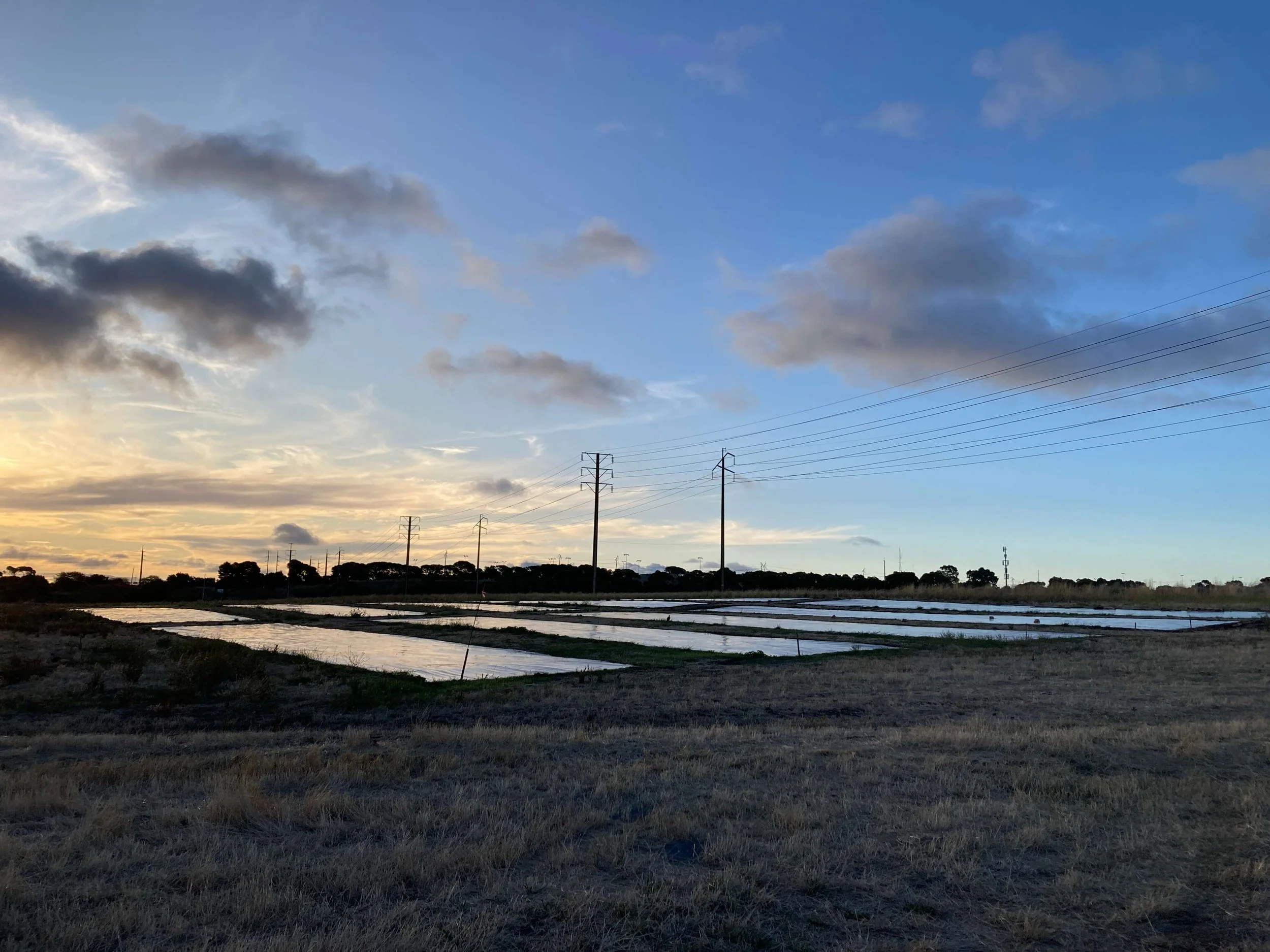A deep dive into sunlight and soil
At Glenthorne, we tested a method to restore native grasslands using soil solarisation, originally developed for horticulture and now applied in ecological restoration. This involves covering moist soil with clear plastic during summer to eradicate weed seeds.
Our findings, published in Soil Research (doi:10.1071/SR23168), revealed that sunlight intensity, measured by the UV index, has a greater impact than ambient temperature on increasing soil temperature—a critical factor for successful solarisation.
This understanding allows land managers to optimize treatments by scheduling based on predictable sunlight intensity, which varies predictably over months to years and peaks in January in Adelaide. This contrasts with ambient temperature, which is influenced by daily weather changes. This insight promises to enhance the effectiveness of native grassland restoration efforts at Glenthorne and similar sites.
